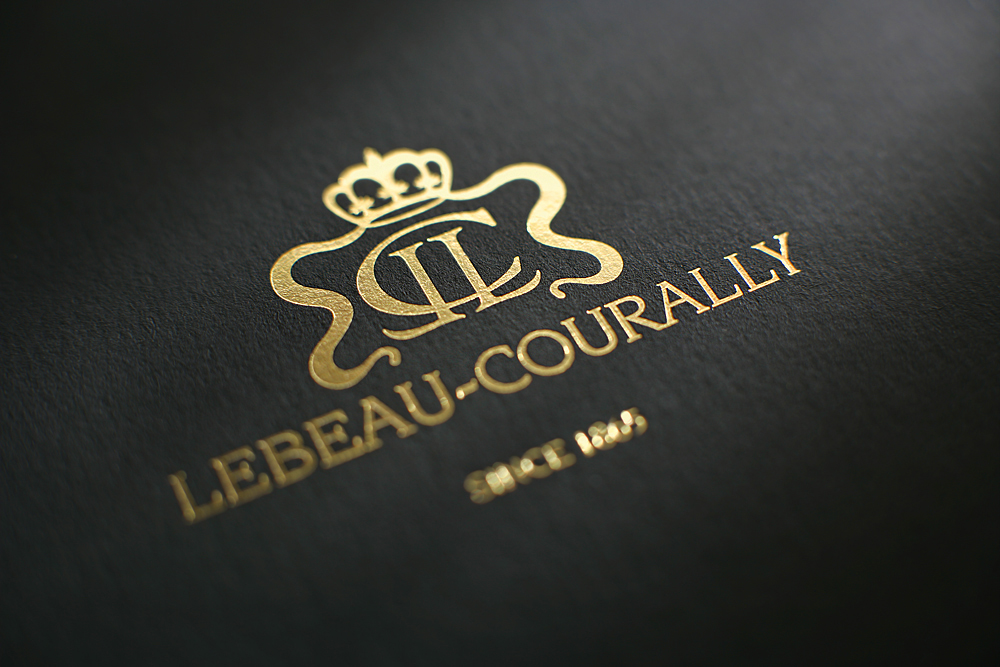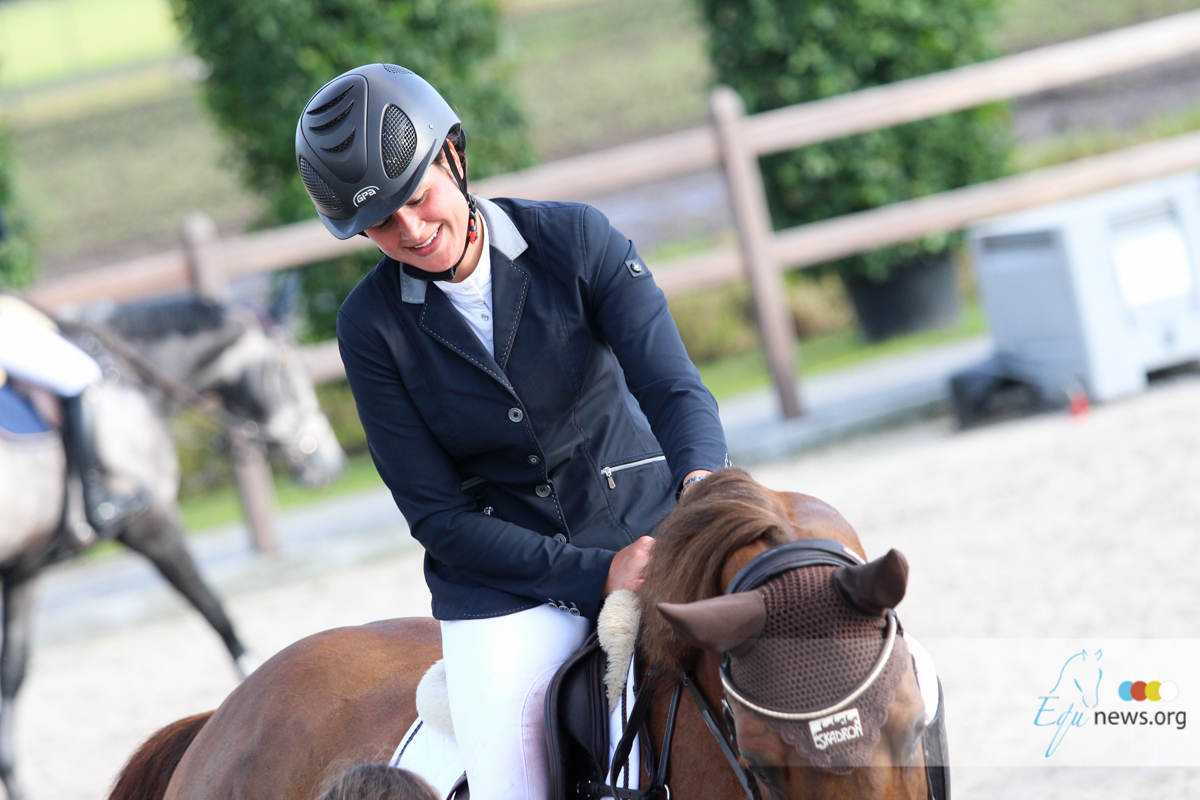It's no secret… sex sells. Surprisingly advertising experts now declare that horse commercials aren't too far behind, especially if they tell a nice story. While we may think that commercials featuring the likes of Socks, the Shetland stallion who moonwalked to a Fletwood Mac track, or the Budweiser Clydesdales are appealing directly to the inner horse lover in all of us, that is not the strategy at all. Research tells us the successful formula involves telling a story and eliciting an emotional response from viewers. If some horses, ponies, cats or dogs are needed to help get the message across, then so be it. Keith Quesenberry, who teaches marketing, advertising and social media classes at Johns Hopkins University, conducted a two-year content analysis of 108 Super Bowl commercials, including the latest Budweiser Clydesdale offerings. He found that people rated commercials with dramatic plotlines – the same story arcs favored by great writers such as William Shakespeare – significantly higher than ads without a clear story, rising action, climax, falling action, and denouement. “People think it’s all about sex or humor or animals, but what we’ve found is that the underbelly of a great commercial is whether it tells a story or not,” Quesenberry said. Quesenberry’s study, conduced with business professor Michael Coolsen of Shippensburg University, will be published this spring in the Journal of Marketing Theory and Practice. This year, a Super Bowl spot cost $US4 million for 30 seconds. Even with a viewership of around 11 million, Quesenberry said advertisers were looking for more – they want to have the ad that goes viral online, such as the moonwalking antics of Socks, promoting the British mobile phone company Three. It has chalked up more than 8.5 million views on YouTube. This year, he rightly predicted that Budweiser’s tear-jerker about a puppy’s friendship with a horse would be a hit. It has so far been seen more than 48 million times on YouTube. The more complete a story marketers tell in their commercials, he says, the higher it performs in the ratings polls. And with that, the more people like it and want to view it and share it. http://www.youtube.com/watch?v=vWqdRYUH9QQ “Budweiser loves to tell stories – whole movies, really, crunched into 30 seconds,” Quesenberry said. “And people love them.” John Kearon, chief executive of marketing and brand consultancy BrainJuicer, writing in Marketingmagazine.co.uk, said ads such as those with Socks had an emotional impact that was worth a thousand words. Kearon said such ads did not succeed because of the cute animals. “They succeed because they make people happy. Emotional advertising is hot, and unashamed feel-good spots like Three’s lead the way.” He said there was good evidence and solid science backing up the drive for emotion. “Great emotional advertising makes your brand famous and keeps it in people’s minds. “Psychologists and behavioural scientists talk a lot about implicit, subconscious decision-making, and how we feel turns out to be vastly more important to that than how we think. Great emotional advertising makes your brand famous and keeps it in people’s minds.” Seduction, not persuasion, was the key to successful advertising, he said. ”Good advertising is emotional, but there’s no checklist for how to achieve that. Different things will work in different cultures and at different times. “In America, the most emotional ad we’ve seen for years was last year’s Budweiser Super Bowl piece, about the unbreakable bond between a man and his horse. Not a dry eye in the Midwestern house, but those same people might have been baffled by Three’s prancing pony.” Kearon said his firm had tested thousands of ads for their emotional impact, and every top ad got there in a different way. Emotional ads were here to stay, he said. ©Horsetalk
Sex Sells, but what with animal ads?
-
categories: Lifestyle



